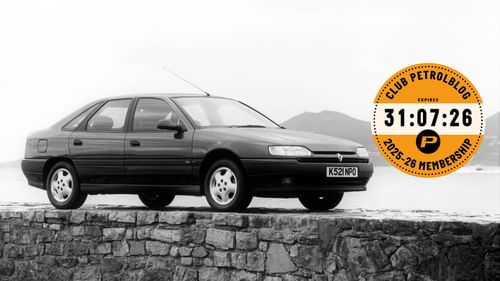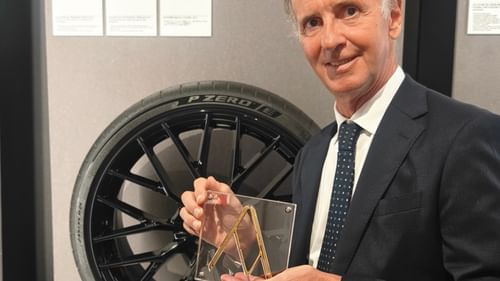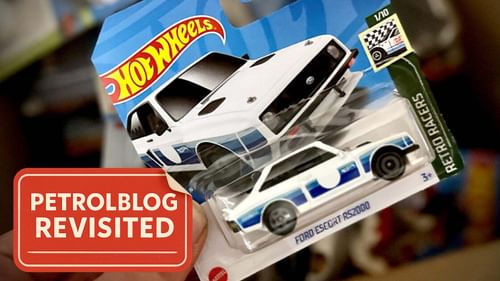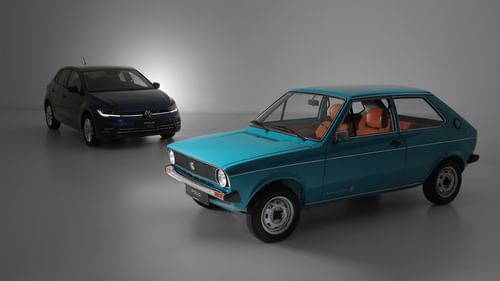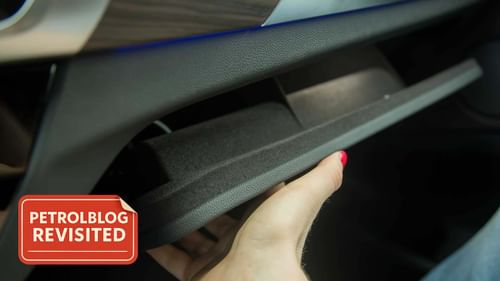Rattle and hmm: Alex ponders the enduring appeal of the spray can
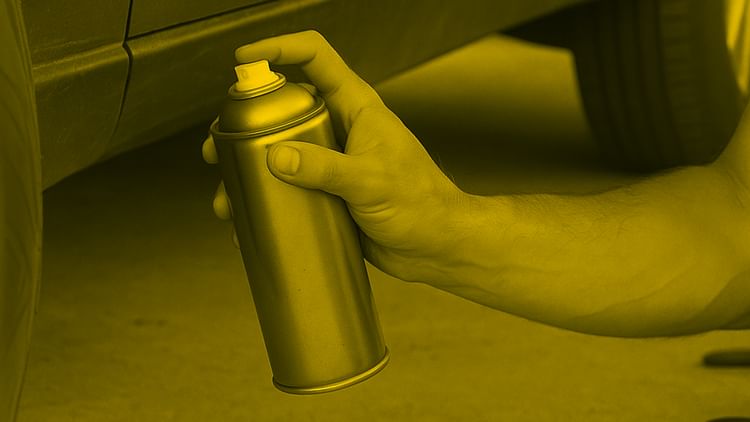
Have you ever heard of Weber’s Law? No, it’s nothing to do with a type of carburettor, but is instead a psychological principle relating to human perception of actual versus perceived change. That’s what it says here anyway, and by all means take a look at Wikipedia. As you glaze over and lose interest, you’ll probably gain a very basic understanding of why time seems to speed up as we get older.
I won’t provide any further explanation, but I would like to offer a somewhat tenuous link to this here motoring blog. You see, usually as we age, we tend not to notice as much stuff. We’ve seen it all, so our hackneyed brains just keep spinning somewhere beyond the idle setting, and devoid of new stimuli, our lives zip past.
This is where the tenuous link to cars kicks in. And I promise, it really is tenuous, and you will simply not believe where this is going if you haven't read the headline. You already know some motoring history, but briefly, the first cars appeared in the 1880s. Fast forward 100 years to the 1980s and, while they have been refined over the following century, they hadn’t changed that much.
Gradual improvements, but the principles were exactly the same. A Victorian motorist wouldn’t have taken too long to realise that the car of the second Elizabethan era still needed petroleum distillate to be poured in one end to make smoke and noise come out of the other. The four decades that have followed (yes, it really was that long ago - see the first paragraph for an explanation) didn’t see anything but more refinement.
Those four motoring decades have whizzed past, but what about the next ten years? They’re going to see more change in those 3650 days than the 150 years which preceded them. Electrification. Self-driving. Artificial Intelligence. Even more flavours of screen wash. How will our brains cope? I have some great news for you, because there’s something for us all to cling on to, and it can be found in Halfords, B&M and The Range. It’s the Hycote rattle can display.
Like a boulder in a mountain stream, those angled wire shelves refuse to cede to the enormous pressures of time and fashion. Even in the late 1990s, each shelf-edge colour swatch paid tribute to decades past. Waves of brown, bronze, and mustard mixing it with the perennial primary hues, almost exactly aligned with the British Leyland showroom colour chart of 1973.

Bedouin, Sandglow, Cashmere Gold, Limeflower and Russet Brown. Damask Red, Tahiti Blue and Applejack. Those pigments were forced into aerosol cans, later to be released onto a hastily affixed square of aluminium mesh and Isopon at the leading edge of a Morris Marina’s front wing. We don’t do things like this today, though.
Next time you’re at a retail park, make sure you sidle up to the car paint display and take a look at what’s on offer. There will be a token acknowledgment of the 21st century in there. A bit of VW Reflex Silver for your tatty Mk5 Golf, some Ford Blazer Blue to cover up the mess around the filler neck of your 2006 Ford Ka. Otherwise, it’s very much glam-rock on those shelves.
Somewhere in a Portacabin office, next to a New Town paint factory, decisions are made about what to manufacture and ship to customers. A man wearing a brown warehouse coat uses one finger to complete a series of typed commands on a monochrome computer terminal. A daisy-wheel printer ejects the day’s order on a few feet of fanfold paper, and it’s carried over to the production supervisor; 3000 cans of Vauxhall Mustard Yellow.
Never mind that the last car painted that colour was broken for parts on the front drive of a Whitson-Fairhurst semi in 1986, this stuff is still in demand. If you don’t believe me, shuffle a couple of paces to the right, just past Toyota and in front of Volkswagen; it’s there. Not only are there three cans of that shade inverted at 45 degrees on the shelf, but the overflow bin beneath has another half dozen held together in shrink-wrap.
I have a theory. If you’ve not watched Citizen Kane, you should stop reading now. I’m nearly done, and I’m going to spoil the ending of that magnificent film for you otherwise. I reckon these cans are never opened, and never used. Instead, they are a sort of cylindrical, pressurised Rosebud for bewildered car fans unable to cope with the pace of change outside the shop doors. A yearning for a simpler, happier past and the void left as the 150 years of cars we have known evaporates, replaced by something barely recognisable. Whatever, they’re not being used to paint HC Vivas.
I told you it was tenuous, didn’t I?
Main image © Victoria Kotlyarchuk/iStock; Hycote advert courtesy of Magic Car Pics
